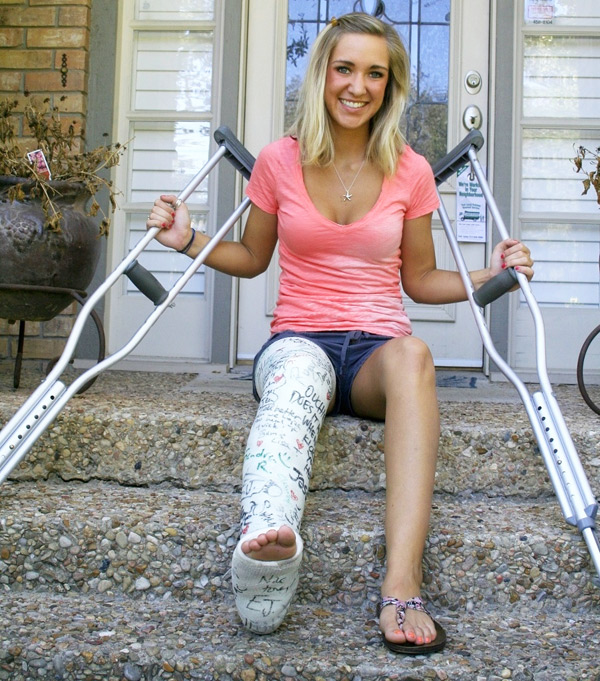
Easily administered, standardized scales for the shoulder, hip, knee and ankle are commonly used in orthopaedics to quantify a patient’s activity level. But, the measures of how often, rather than how well, a task is performed do not account for symptoms, functional disabilities, age, weight, overall health and other factors which also may impact prognostic and outcome variables.
“In orthopaedics, we want to restore function to take away pain and to help patients return to activity,” said orthopaedic surgeon and lead study author Robert H. Brophy, MD. “We’re still learning about how to best use, quantify and measure activity levels to optimize prognostics and outcomes.”
Other literature review highlights:
Shoulder
The strongest predictors for failure in rotator cuff tears were patient expectations on the efficacy of physical therapy and baseline activity level.
After a rotator cuff tear, patients who were active were less likely to respond to nonsurgical treatment.
Hip
Preoperative activity levels, age, male gender and lower body mass index (BMI) were predictors of higher activity level at one and five years following total hip replacement surgery.
Physical activity — including occupational lifting and standing — may accelerate the development and increased risk of osteoarthritis (OA).
Knee
Higher baseline activity, lower baseline BMI and higher level of athletic competition were associated with higher activity levels two years after ACL reconstruction.
Female gender, smoking in the 6-month period before surgery, and revision ACL reconstruction were associated with lower activity level.
Following ACL reconstruction, patients were significantly less satisfied if they had a lower post-surgical activity level.
Increased incidents of knee injury and trauma in the athletic population, rather than participation in physical activity, may cause an increased risk of knee OA.
“There’s not just one activity level variable” in these measurements, said Dr. Brophy. “It depends on the population, the injury you’re studying, etc. We’re making progress, and the progress varies depending on what you’re looking at.”
The study done by American Academy of Orthopaedic Surgeons.